The political landscape in Maharashtra has been marked by fierce competition and shifting narratives, with welfare initiatives, development agendas, and election commitments initially taking center stage. However, as the campaign unfolded, the focus transitioned to more divisive rhetoric. The Mahayuti alliance is leveraging programs like Ladki Bahin alongside the strong persona of Modi, while the MVA coalition has unveiled numerous election pledges primarily catering to women and agriculturalists.
The political arena in Maharashtra has recently witnessed a tumultuous period characterized by intense rivalries, shifting alliances, and accusations of betrayal. Initially, the election landscape was dominated by discussions surrounding welfare schemes and development initiatives aimed at improving the lives of citizens. Political parties launched campaigns that outlined their plans to enhance education, healthcare, and infrastructure.
However, as the election date approached, the campaign narrative took a significant turn towards more provocative slogans and divisive politics. The Mahayuti coalition, comprising several parties led by the Bharatiya Janata Party (BJP), sought to harness the popularity of Prime Minister Narendra Modi while emphasizing initiatives like the Ladki Bahin program aimed at empowering women. Their strategy hinged on appealing to the electorate's emotions and leveraging Modi's robust image to secure votes.
On the opposing front, the Maha Vikas Aghadi (MVA), which includes the Shiv Sena, NCP, and Congress, positioned itself as the alternative to the Mahayuti. This coalition made bold promises to the electorate, focusing on key demographics such as women and farmers, who have increasingly been at the forefront of political discourse in Maharashtra. The MVA's campaign was marked by ambitious pledges intended to attract support from rural voters and address pressing concerns regarding agricultural policies and women's rights.
The election campaign became a battle of ideologies, with prominent leaders from both alliances crisscrossing the state to rally their respective bases. High-profile figures like Narendra Modi, Amit Shah, Rahul Gandhi, and Priyanka Gandhi Vadra were seen campaigning energetically in various districts, emphasizing their coalition's strengths while attempting to undermine the opposition's credibility.
This intense competition has not only led to a rise in political rhetoric but also sowed seeds of distrust among former allies. The shifting allegiances and accusations of betrayal among political leaders have further complicated the electoral narrative. The electorate's response to these changes remains uncertain as voters weigh the implications of such political maneuvering on their daily lives.
As the election nears, both sides are deploying everything in their arsenal to secure victory, with rallies, public meetings, and targeted advertisements flooding the media. The stakes are high, and the outcome will not only determine the political future of Maharashtra but could also have significant ramifications for national politics in India.
In conclusion, the elections in Maharashtra showcase a microcosm of the broader trends shaping Indian politics, where alliances can be fleeting, and narratives can shift rapidly. The voters’ decision will ultimately reflect their preferences for governance, development, and the direction they wish their state to take in the years to come.

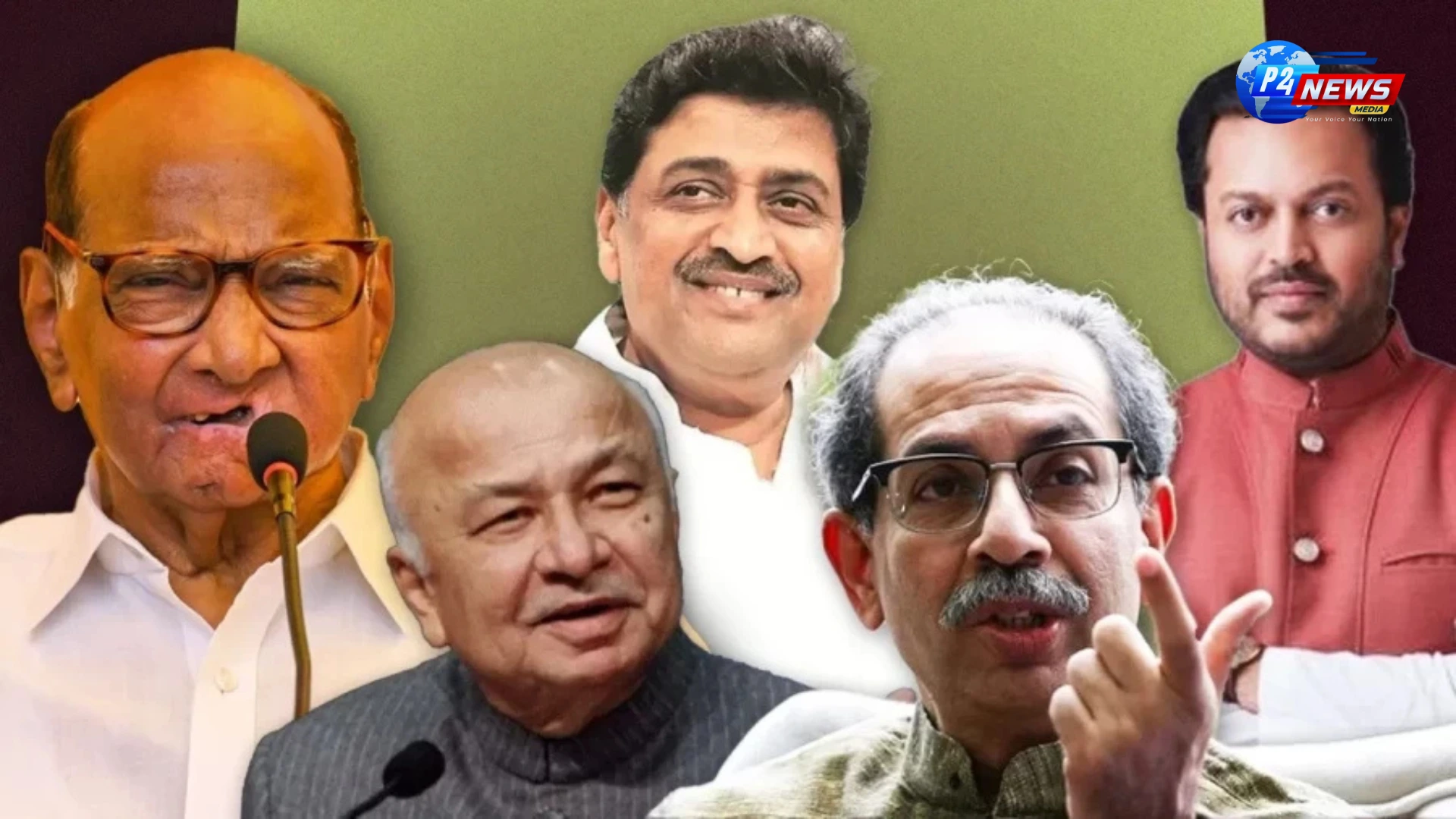
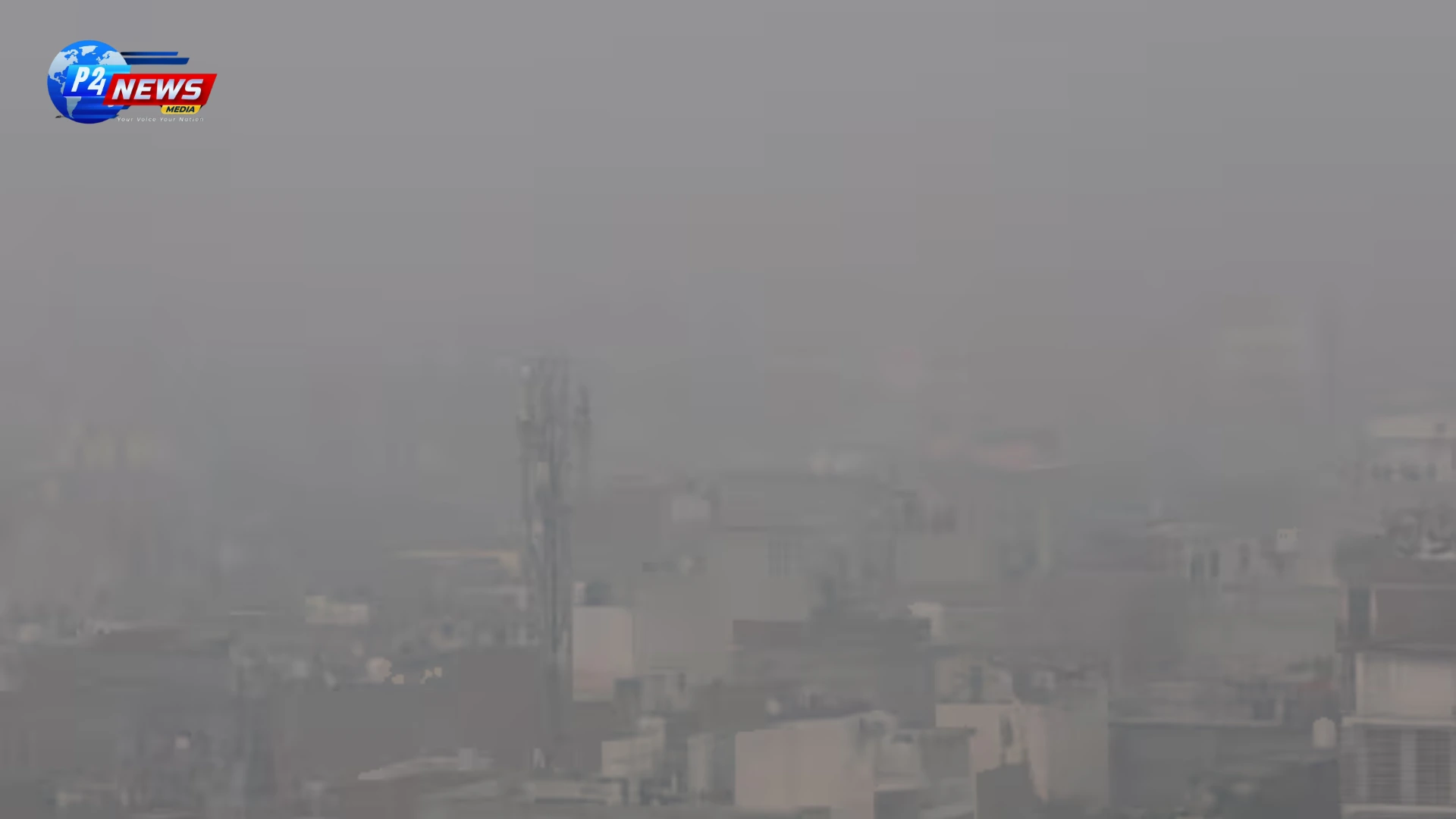
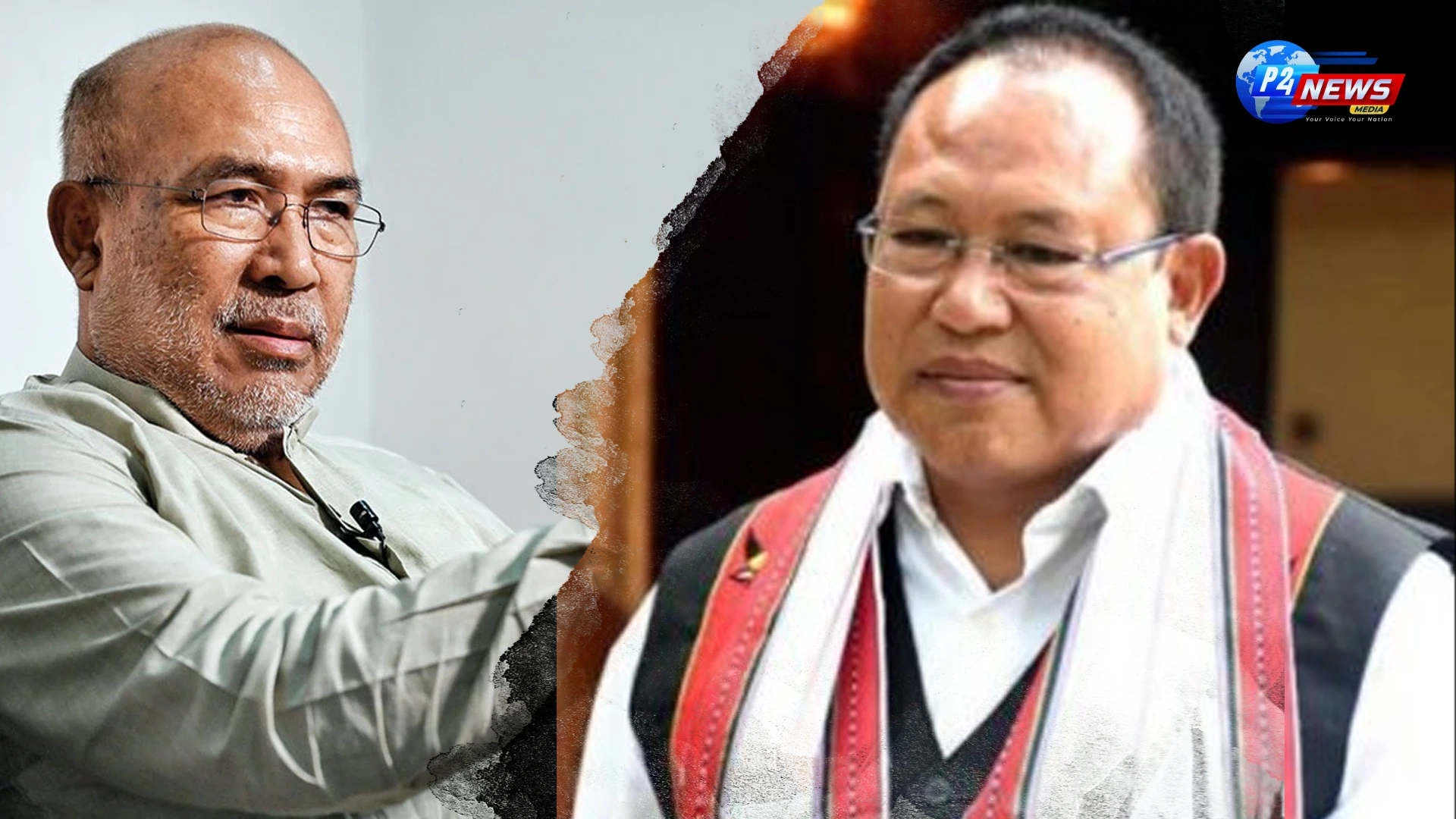






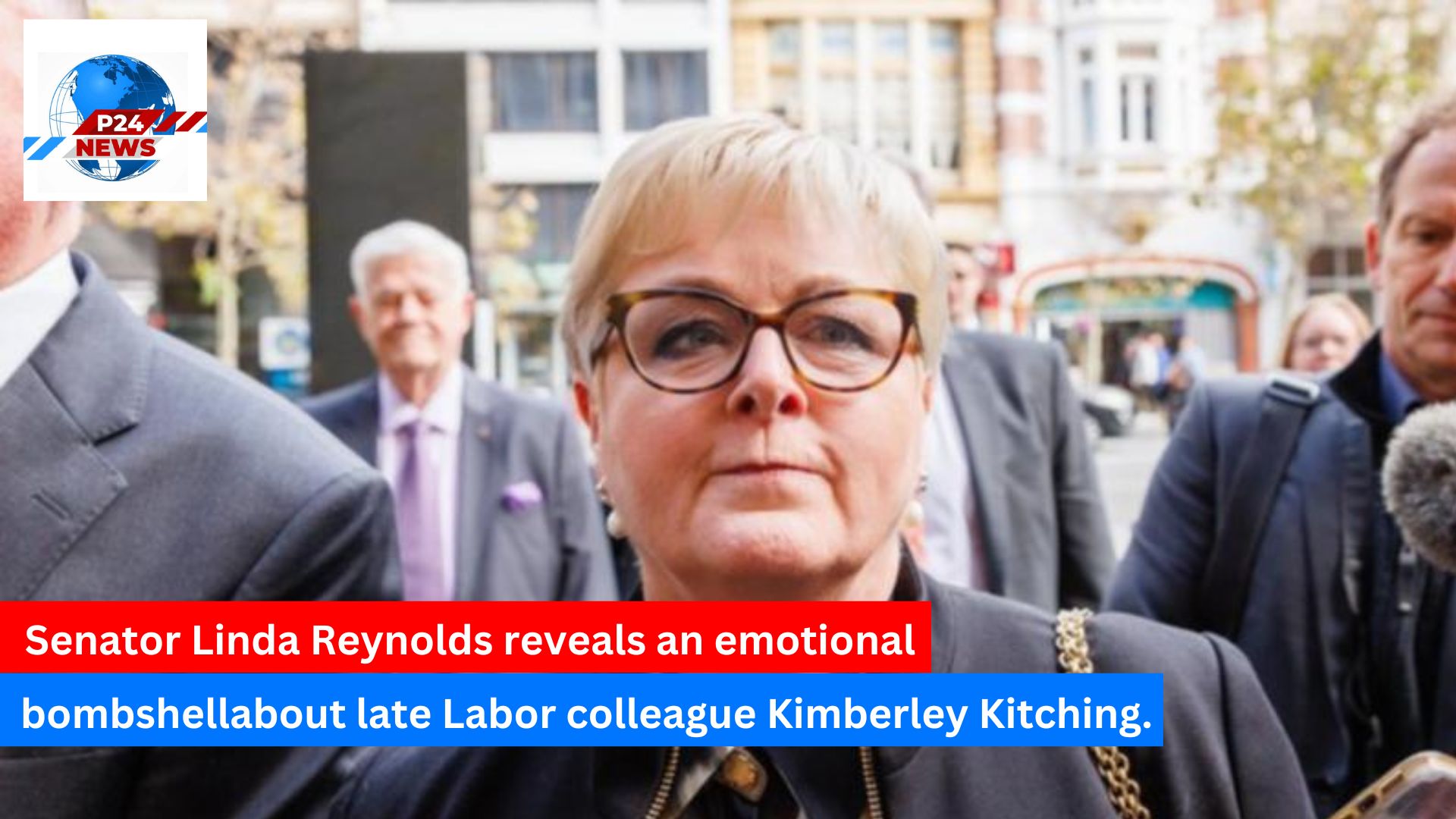

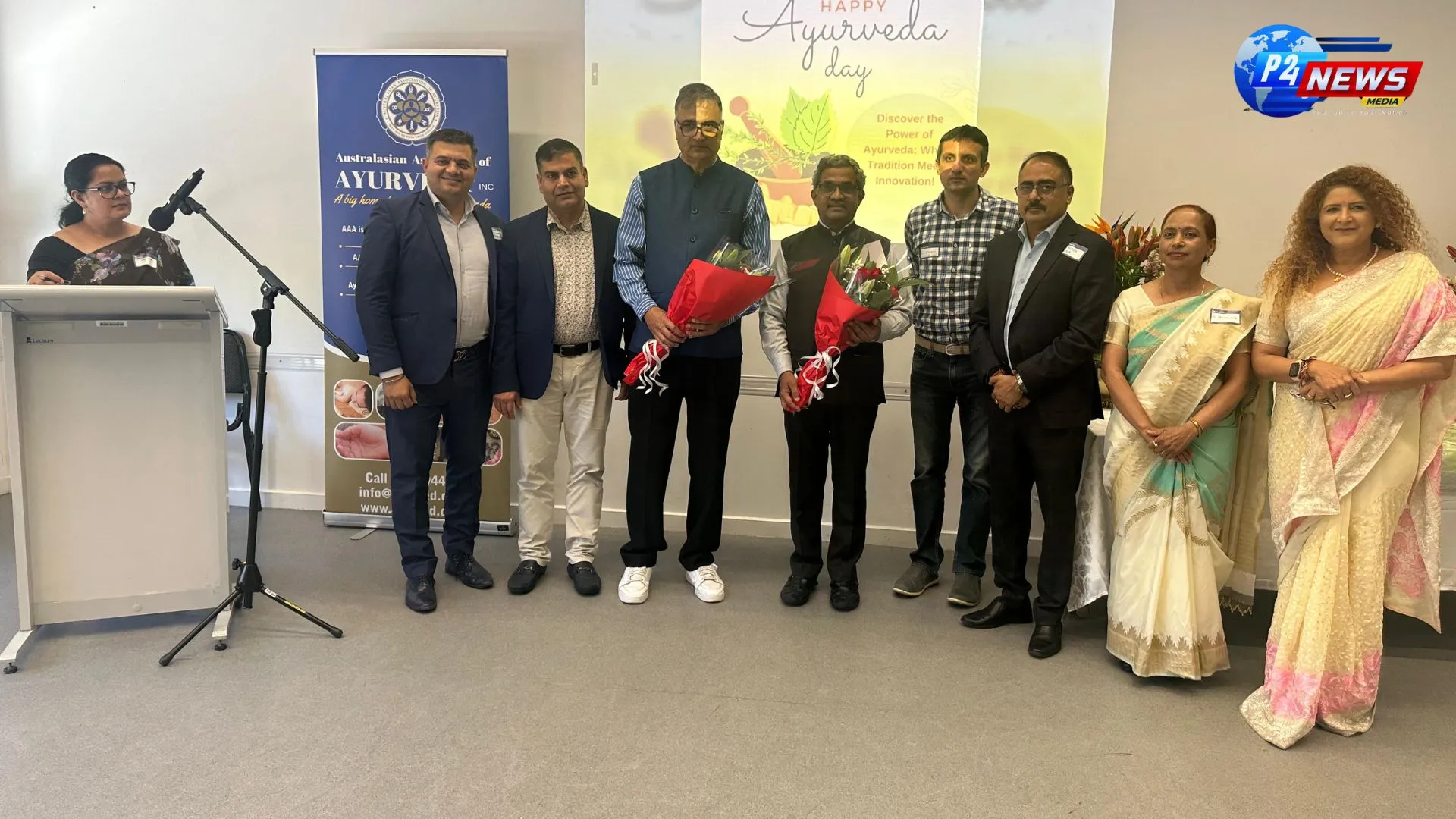



Comments 0